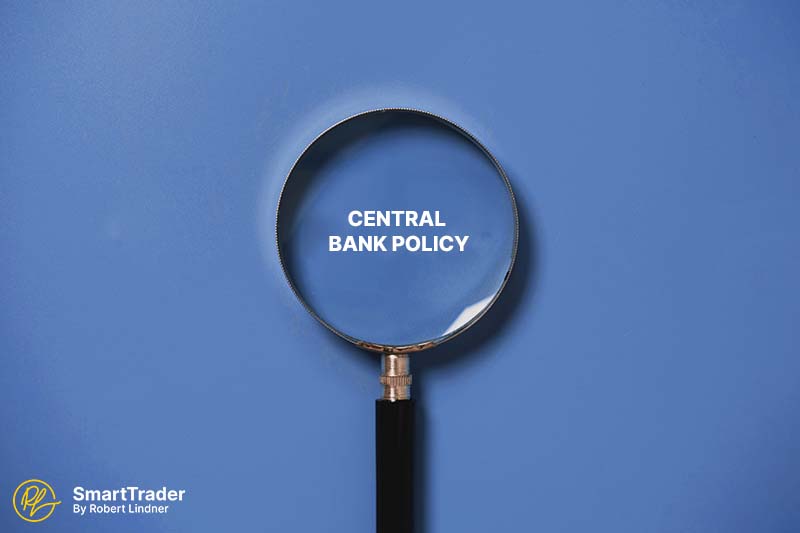[‘sen-tral ‘bank ˈpɒləsi]
Central bank policy refers to the strategies and actions taken by a country's central bank to manage and regulate its economy.
What is Central Bank Policy (CBP)?
Central bank policy is the set of measures and tactics employed by a nation's central bank to govern and oversee its economy. This includes the development and implementation of monetary policy, which involves managing the availability and cost of money and credit within the economy.
The primary objectives of CBP usually include maintaining price stability, promoting full employment, and ensuring financial stability. Central banks use several policy tools to achieve these objectives, including setting interest rates, adjusting reserve requirements, providing liquidity to banks, and managing the money supply through open market operations.
Changes in CBP can significantly impact a country's economy, as they can influence interest rates, inflation, economic growth, and the value of the currency. As a result, businesses, investors, and policymakers closely monitor and analyze CBP, and it is often subject to ongoing debate and scrutiny. Understanding CBP is crucial for anyone interested in economics or investing, as it can help explain and predict changes in the economy and financial markets.
Key Takeaways
- Central bank policy refers to the actions taken by a country's central bank to manage and regulate its economy.
- Central banks are responsible for formulating and implementing monetary policy to control the supply and cost of money and credit within the economy.
- The main objectives of central bank policy typically include maintaining price stability, promoting full employment, and ensuring financial stability.
- Central banks use a variety of policy tools, including setting interest rates, adjusting reserve requirements, providing liquidity to banks, and managing the money supply through open market operations.
- Central bank policy has a significant impact on a country's economy, influencing interest rates, inflation, economic growth, and the value of the currency.
Example
In response to a financial crisis or a period of economic uncertainty, a central bank may choose to implement a quantitative easing (QE) policy. QE involves the central bank purchasing government bonds or other assets from banks and other financial institutions, injecting cash into the financial system, and increasing the supply of money in circulation.
The aim of this policy is to stimulate lending and investment, as banks have more money to lend out, and investors may be encouraged to seek out riskier, higher-yielding investments. This can help to support economic growth and prevent deflation during a period of economic weakness.
However, QE can also lead to concerns about inflation and asset price bubbles, as the increased money supply can lead to an increase in demand for goods and services, pushing up prices. As a result, central banks must carefully balance the benefits and risks of implementing QE, and monitor its effects closely.
Back to Glossary.






